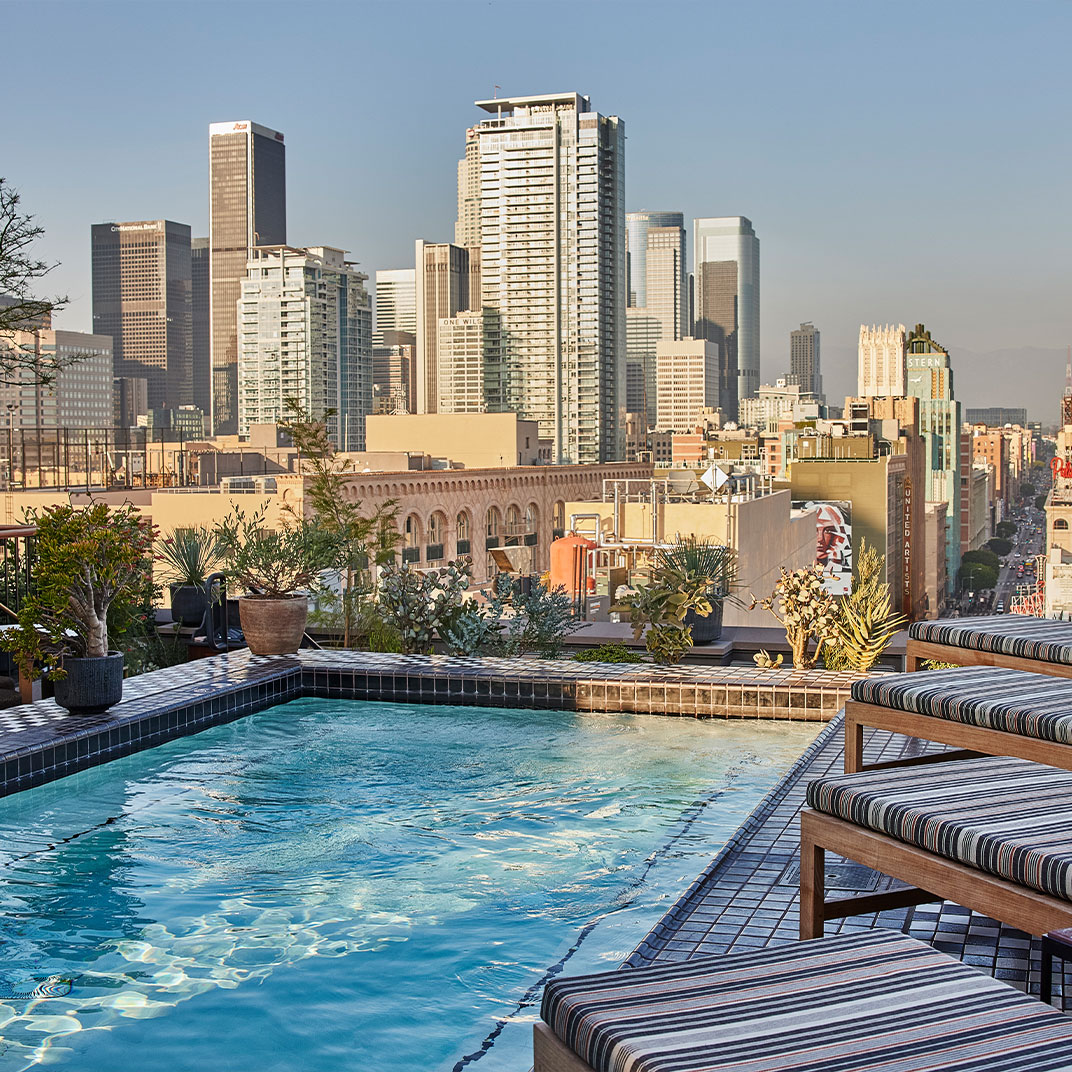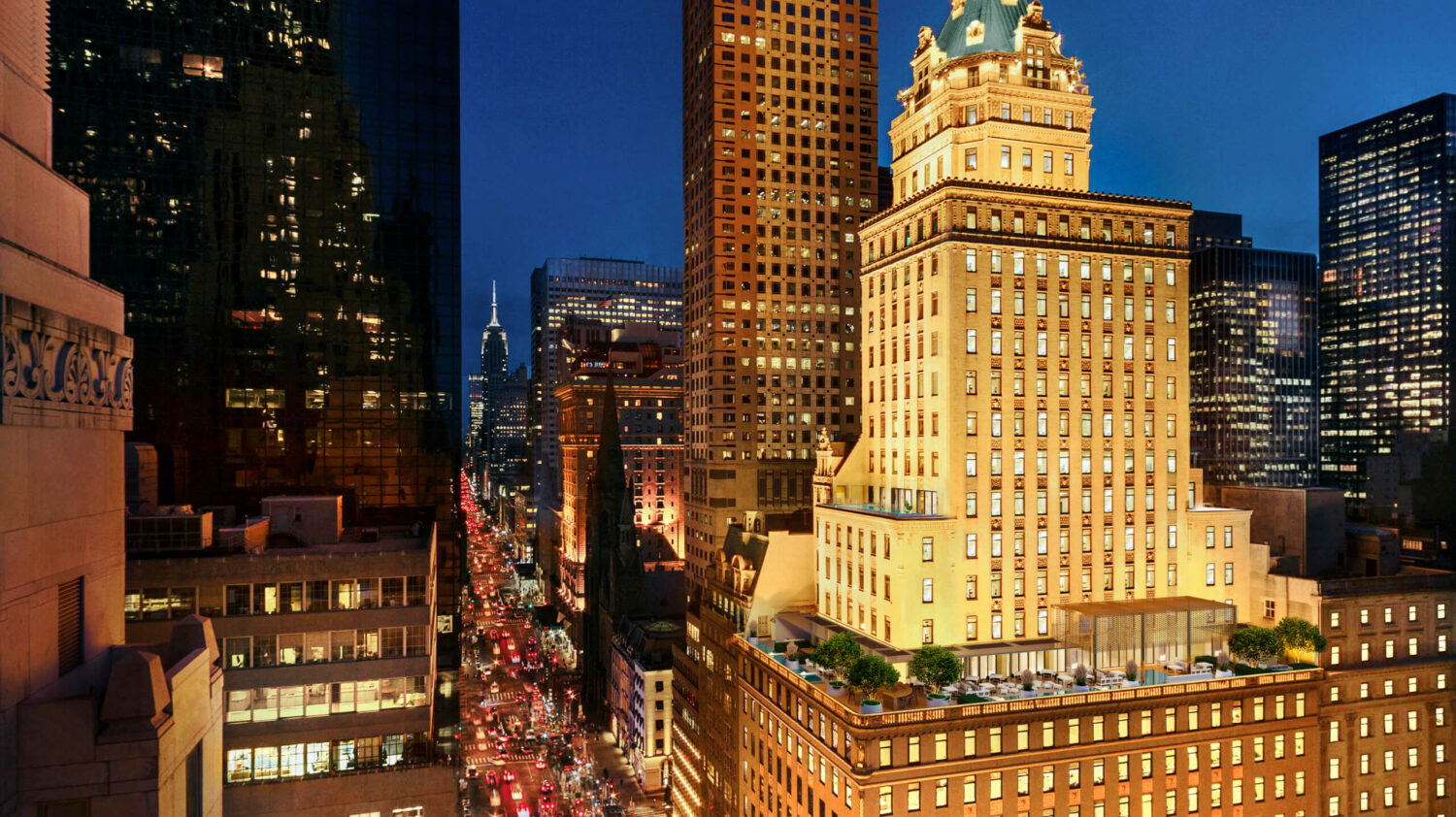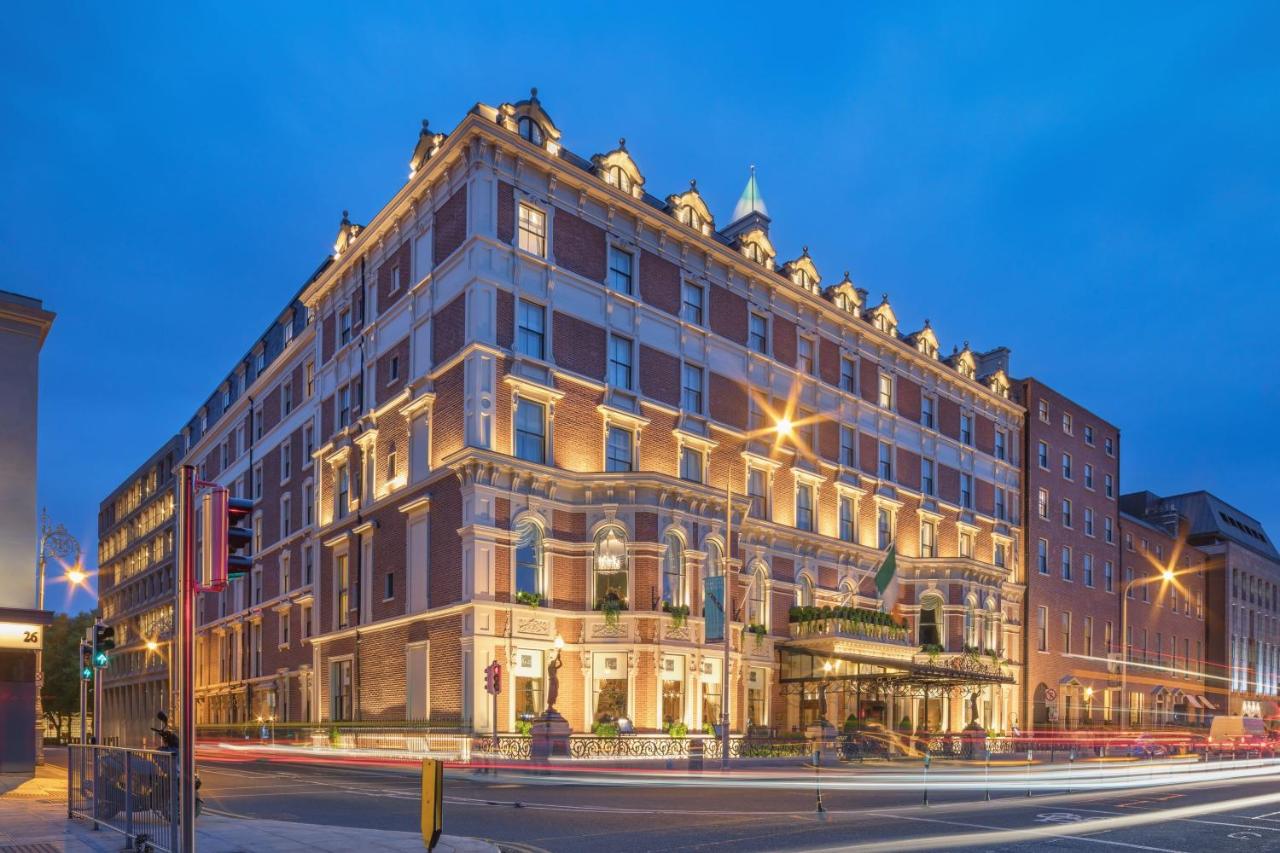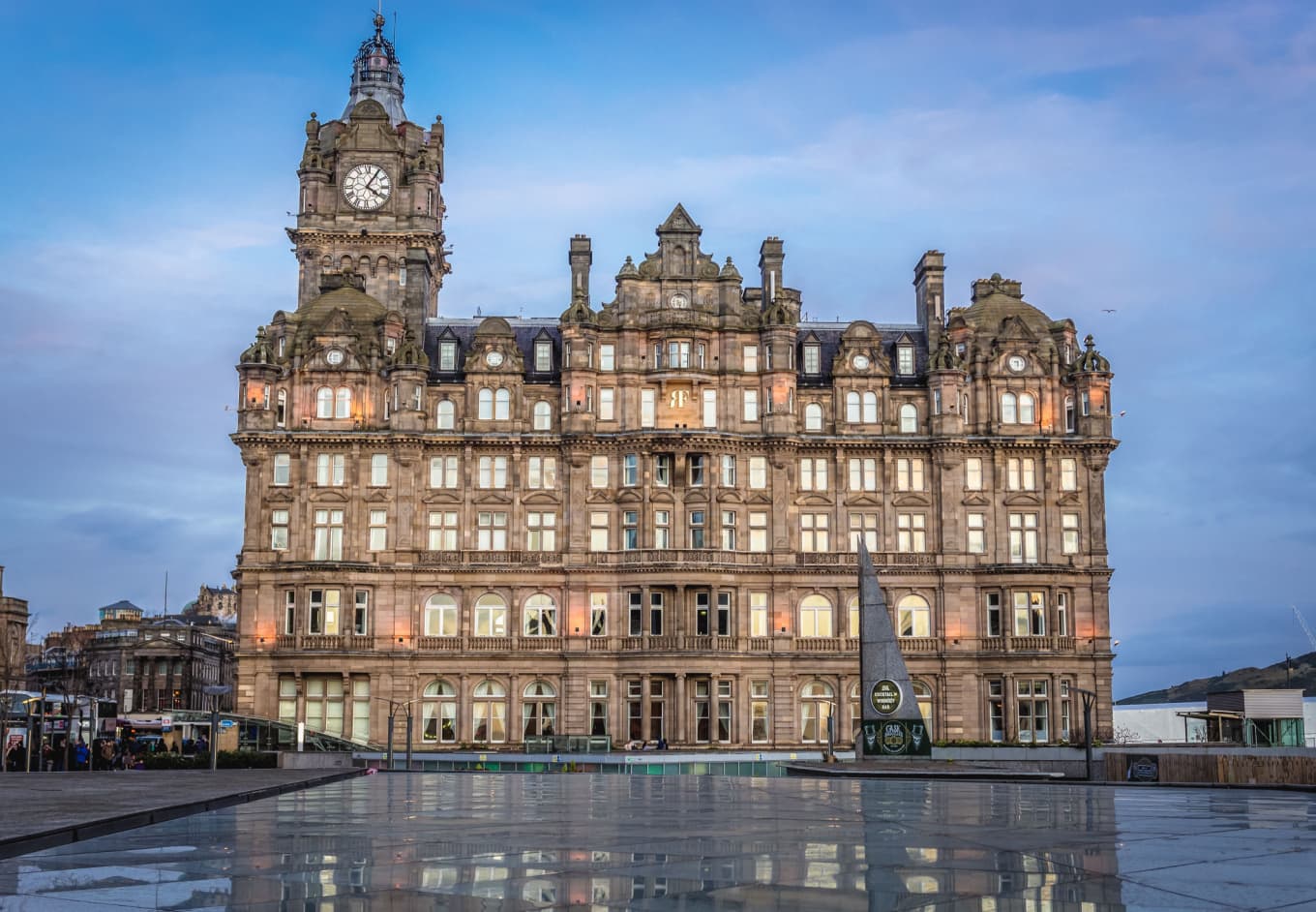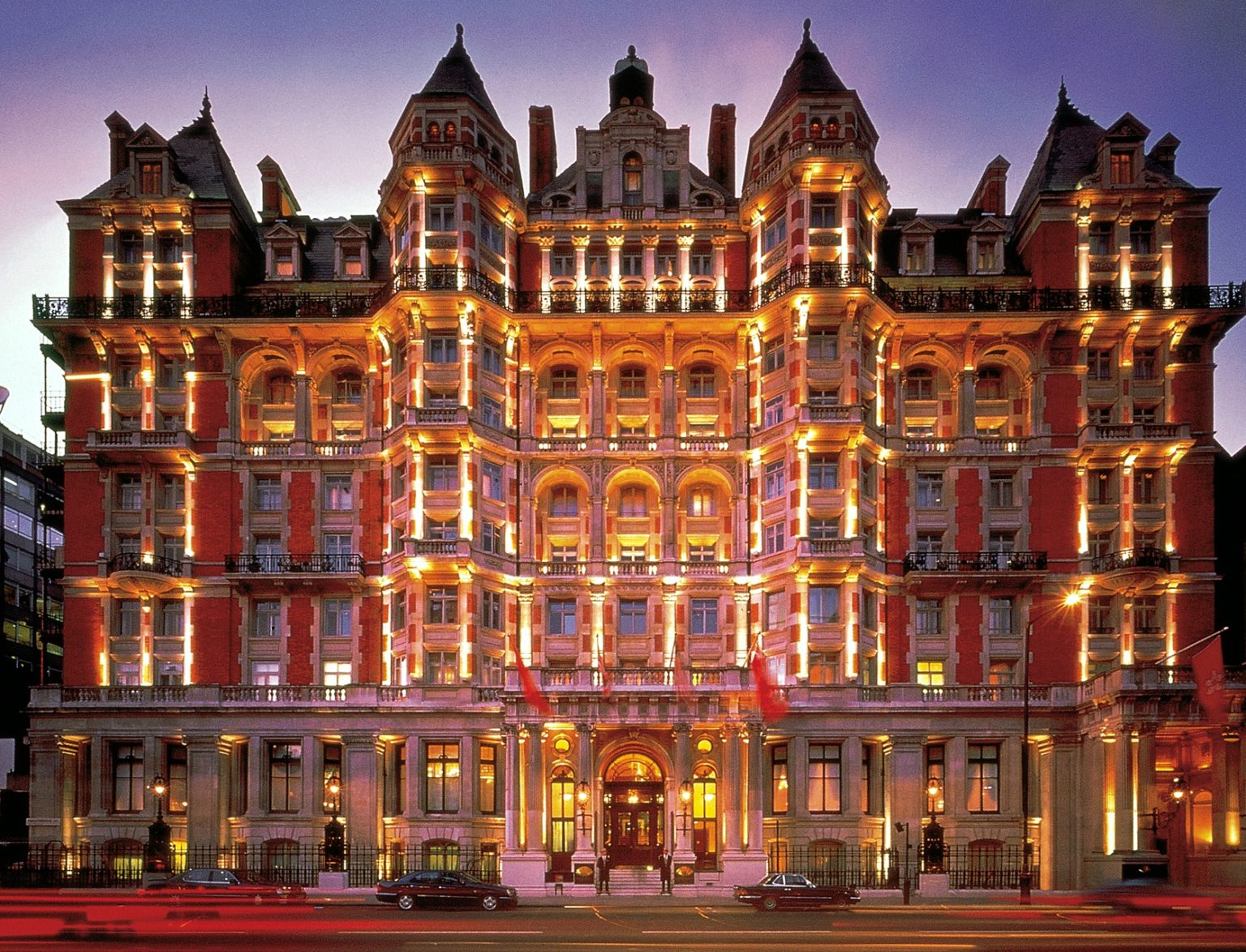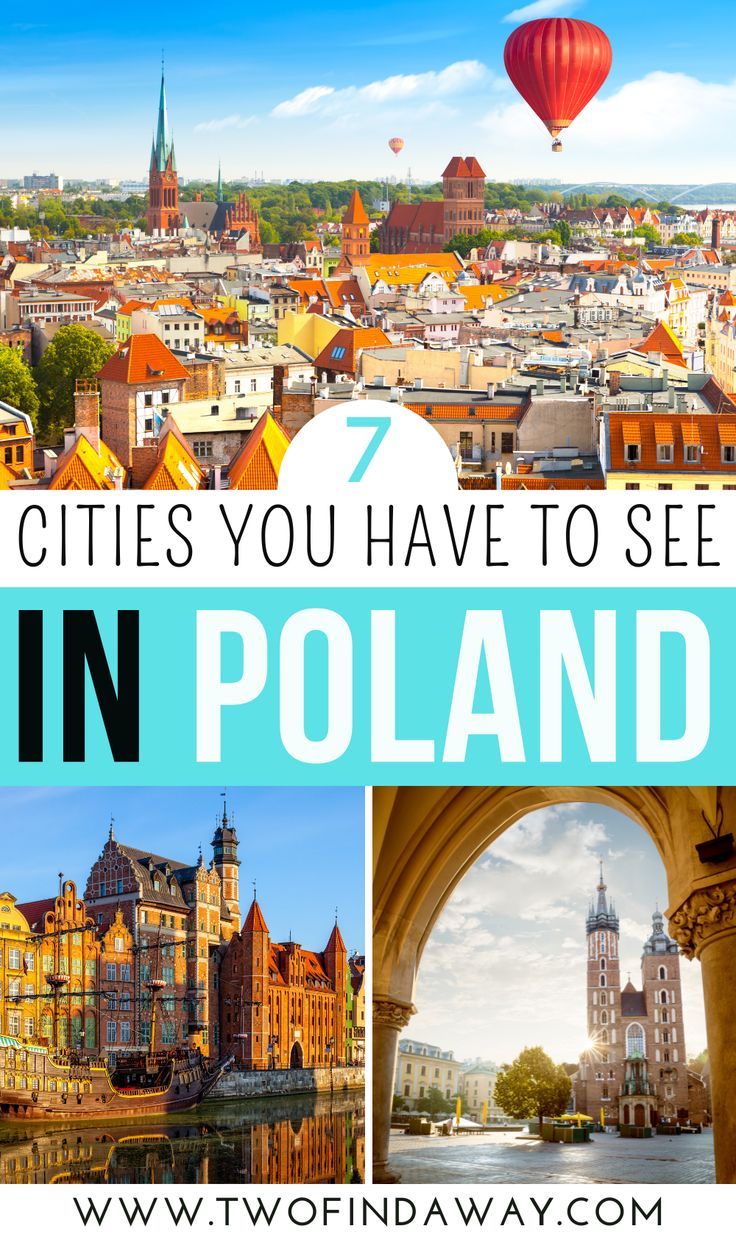
Poland, a nation woven from resilience, rich history, and breathtaking landscapes, beckons travelers with an irresistible allure. From the medieval charm of its cities to the stark beauty of its natural wonders, Poland offers an experience that is both profound and exhilarating. This comprehensive guide will equip you with everything you need to embark on an unforgettable journey through this captivating Central European gem.
A Glimpse into Poland’s Storied Past
Poland’s history is a tapestry of triumphs and tribulations, shaped by centuries of shifting borders, powerful empires, and unwavering national spirit. Its story begins with the formation of the Polish state in the 10th century, followed by a golden age of power and influence in the Renaissance. The partitions of Poland in the late 18th century by its neighbors – Russia, Prussia, and Austria – plunged the nation into over a century of foreign rule.

Related Articles about Poland: A Journey Through History, Culture, and Untamed Beauty:
- The Emerald Isle Beckons: Your Comprehensive Travel Guide to Sri Lanka
- Lebanon: A Tapestry of Time, Taste, and Terracotta Dreams
- A Comprehensive Traveler’s Guide to the United Kingdom: From Ancient Stones to Modern Marvels
- A Traveler’s Guide to Norway: Where Fjords Whisper and Northern Lights Dance
- Switzerland: A Symphony of Peaks, Lakes, and Timeless Charm
The 20th century brought immense challenges. Poland bravely fought in World War I, regaining independence in 1918. However, this was tragically short-lived as the country became the first to be invaded at the outbreak of World War II. The horrors of Nazi occupation, the Holocaust, and the subsequent Soviet domination under communism left deep scars. Yet, Poland emerged from the shadows of communism in 1989, embarking on a remarkable path of recovery and integration into the European Union. This rich and often poignant history is palpable in its cities, monuments, and the very soul of its people, adding a profound layer to any travel experience.
Top Attractions: Where History and Beauty Converge
Poland boasts a diverse array of attractions catering to every interest, from history buffs and art lovers to nature enthusiasts and those seeking vibrant city life.
1. Krakow: The Royal City and Heart of Polish Culture
Krakow, the former royal capital, is a UNESCO World Heritage site and arguably Poland’s most beloved tourist destination.
- Wawel Royal Castle: Perched majestically on a hill overlooking the Vistula River, this iconic complex was once the seat of Polish kings. Explore its opulent state rooms, the cathedral, and the legendary Wawel Dragon’s Den.
- Old Town (Stare Miasto): Lose yourself in the labyrinthine cobblestone streets of the Old Town. The Main Market Square (Rynek Główny), one of the largest medieval squares in Europe, is a spectacle of colorful merchant houses, the magnificent St. Mary’s Basilica (famous for its hourly trumpet call, the Hejnał Mariacki), and the Cloth Hall (Sukiennice), a historic trading post.
- Kazimierz (Jewish Quarter): Once a vibrant center of Jewish life, Kazimierz is now a bohemian district filled with charming cafes, synagogues, and historical sites, offering a poignant reminder of its past.
- Schindler’s Factory Museum: Located in the former enamel factory of Oskar Schindler, this museum offers a powerful and moving account of Krakow under Nazi occupation and the plight of its Jewish population.

2. Warsaw: The Resilient Capital Reborn
Poland’s capital, Warsaw, is a testament to its indomitable spirit. Devastated during World War II, the city has been meticulously rebuilt, earning it the nickname "Phoenix City."
- Old Town (Stare Miasto): Miraculously reconstructed from rubble, Warsaw’s Old Town is a UNESCO World Heritage site. Wander through its picturesque squares, including the Market Square and Castle Square, dominated by the Royal Castle.
- Łazienki Park: This sprawling royal park is an oasis of tranquility, featuring the stunning Palace on the Isle, classical temples, and abundant wildlife.
- Warsaw Uprising Museum: A deeply moving and informative museum dedicated to the heroic but ultimately tragic 1944 Warsaw Uprising.
- POLIN Museum of the History of Polish Jews: An architecturally striking museum that chronicles the thousand-year history of Jews in Poland.
3. Auschwitz-Birkenau Memorial and Museum:
A somber but essential pilgrimage, the former Nazi concentration and extermination camp is a stark reminder of the Holocaust. Visiting Auschwitz-Birkenau is a profoundly moving and educational experience, offering a vital understanding of humanity’s darkest chapter.
4. Gdansk: The Hanseatic Gem on the Baltic Coast
This vibrant port city boasts a rich maritime history and a beautifully restored Old Town.
- Long Market (Długi Targ): The heart of Gdansk’s historic center, lined with ornate merchant houses and leading to the Neptune Fountain.
- St. Mary’s Church: One of the largest brick churches in the world, offering panoramic views from its tower.
- European Solidarity Centre: A modern museum dedicated to the Solidarity movement, which played a pivotal role in the fall of communism.
5. Wroclaw: The City of Bridges and Dwarves
Known for its picturesque islands, canals, and charming Market Square, Wroclaw is a city with a unique personality. Keep an eye out for the hundreds of small dwarf statues scattered throughout the city – each with its own story!
6. The Tatra Mountains:
For breathtaking natural beauty, head south to the Tatra Mountains, Poland’s highest mountain range.
- Zakopane: A popular mountain resort town, serving as the gateway to numerous hiking trails, ski slopes, and stunning alpine scenery.
- Morskie Oko (Eye of the Sea): A stunning glacial lake nestled amidst towering peaks, accessible by a scenic hike or horse-drawn carriage.
7. Malbork Castle:
The largest castle in the world by land area, Malbork Castle is a formidable Teutonic Knights fortress, offering a glimpse into medieval military architecture and history.
Essential Travel Tips for Your Polish Adventure
- Currency: The official currency is the Polish Zloty (PLN). While credit cards are widely accepted in cities and tourist areas, it’s advisable to have some cash for smaller shops, markets, and rural areas.
- Language: The official language is Polish. While English is spoken in major tourist destinations, learning a few basic Polish phrases like "Dzień dobry" (Good day), "Dziękuję" (Thank you), and "Przepraszam" (Excuse me) will be greatly appreciated.
- Visa Requirements: Depending on your nationality, you may need a Schengen visa to enter Poland, as it is part of the Schengen Area. Check the latest requirements for your country.
- Safety: Poland is generally a very safe country for tourists. Standard precautions against petty theft in crowded areas are recommended.
- Tipping: Tipping is customary in restaurants, typically 10% if service is good. For taxi drivers, rounding up the fare is common.
- Etiquette: Poles are generally polite and respectful. It’s considered polite to greet people when entering a shop or restaurant. When visiting churches, dress modestly.
- Power Adapters: Poland uses Type E power sockets. The voltage is 230V, and the frequency is 50Hz.
Accommodation Options: From Budget to Boutique
Poland offers a wide range of accommodation to suit every budget and travel style.
- Hotels: You’ll find everything from international chains to charming boutique hotels in cities and tourist towns. Prices vary considerably based on location and star rating.
- Hostels: An excellent option for budget travelers and solo explorers, hostels are abundant in major cities and offer a social atmosphere.
- Apartments and Airbnb: Renting an apartment or an Airbnb is a popular choice for families, groups, or those seeking a more independent stay, offering kitchen facilities and a local feel.
- Guesthouses (Pensjonaty): Common in smaller towns and rural areas, these offer a more intimate and often traditional experience.
- Agrotourism Farms: For a truly immersive experience in the Polish countryside, consider an agrotourism farm stay, where you can enjoy local food and activities.
Getting Around: Navigating Poland with Ease
Poland has a well-developed transportation network, making it easy to explore the country.
- Trains: The Polish national railway company, PKP Intercity, operates an extensive network connecting most cities and towns. Trains are generally comfortable, efficient, and a scenic way to travel. Consider booking tickets in advance, especially for long-distance journeys or during peak seasons.
- Buses: Long-distance buses are a more budget-friendly option and connect many destinations not served by trains. Companies like FlixBus are popular.
- Flights: For longer distances, domestic flights are available between major cities like Warsaw, Krakow, Gdansk, and Wroclaw.
- Car Rental: Renting a car offers the most flexibility, especially if you plan to explore rural areas or national parks. Roads are generally well-maintained, but be aware of speed limits and local driving customs.
- Public Transportation in Cities: Major cities have efficient public transport systems including trams, buses, and metros (in Warsaw). Purchasing multi-day passes can be cost-effective.
- Taxis and Ride-Sharing: Taxis are readily available, but it’s advisable to use reputable companies or ride-sharing apps like Uber or Bolt to ensure fair pricing.
The Best Time to Visit: Embracing the Seasons
Poland experiences four distinct seasons, each offering a unique charm.
- Spring (April-May): The weather begins to warm up, flowers bloom, and the crowds are thinner than in summer. This is a beautiful time to explore cities and enjoy outdoor activities.
- Summer (June-August): This is the peak tourist season, with warm weather, long daylight hours, and plenty of outdoor festivals and events. Expect larger crowds and higher prices. The Baltic coast is particularly popular during this time.
- Autumn (September-October): Autumn offers crisp air, stunning fall foliage, and fewer tourists. It’s an ideal time for hiking in the mountains and enjoying the cultural offerings of the cities.
- Winter (November-March): Poland transforms into a winter wonderland, especially in the mountains, which are perfect for skiing and snowboarding. Cities are adorned with festive lights, and Christmas markets are a magical experience. However, days are short, and temperatures can be cold.
In conclusion, Poland is a destination that promises a rich tapestry of experiences. From its poignant history and vibrant cultural scene to its stunning natural landscapes, this country offers an unforgettable journey for every traveler. With careful planning and an open heart, your adventure in Poland is sure to be a truly enriching and rewarding experience.
